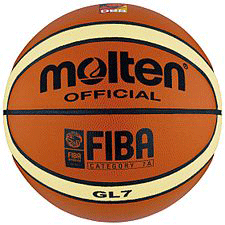10 minutes maximum! Can you do it in 5? |
|||||||||||||||||
1-3. A 200 kg cannon initially at rest fires a cannonball of mass 2 kg at a velocity of 100 ms-1.
|
|||||||||||||||||
1. After firing, what is the momentum of the cannonball?
|
|||||||||||||||||
2. What is the total momentum of the system after firing?
|
|||||||||||||||||
3. What is the recoil velocity of the cannon?
|
|||||||||||||||||
4-6. Two 'trolleys' (blocks of wood on wheels) are collided together. The trolleys have magnets on top so they stick together after the collision. Trolley A is moving at 3 m/s towards B, which is stationary.
|
|||||||||||||||||
4. What is the speed of both A+B (stuck together) after the collision?
| |||||||||||||||||
5. What is the impulse of trolley A on Trolley B?
| |||||||||||||||||
6. The collision of the trolleys is inelastic. This means that....
|
|||||||||||||||||
7. A particle of mass m is accelerated to a velocity v. The momentum of the particle is p and the kinetic energy is k. A second particle of mass ½m has the same momentum, p. This means the kinetic energy will be...
| |||||||||||||||||
8-10. A basketball of mass m is thrown to the right at a wall with a velocity of v. It rebounds at the same speed, moving to the left.
|
 |
||||||||||||||||
8. What is the impulse acting on the ball during the impact?
| |||||||||||||||||
9. If the force acting on the ball is constant, acting for a time t, the force will be given by... | |||||||||||||||||
10. Which answer correctly describes the type of collision with the wall and the direction of the force of the wall on the ball?
| |||||||||||||||||